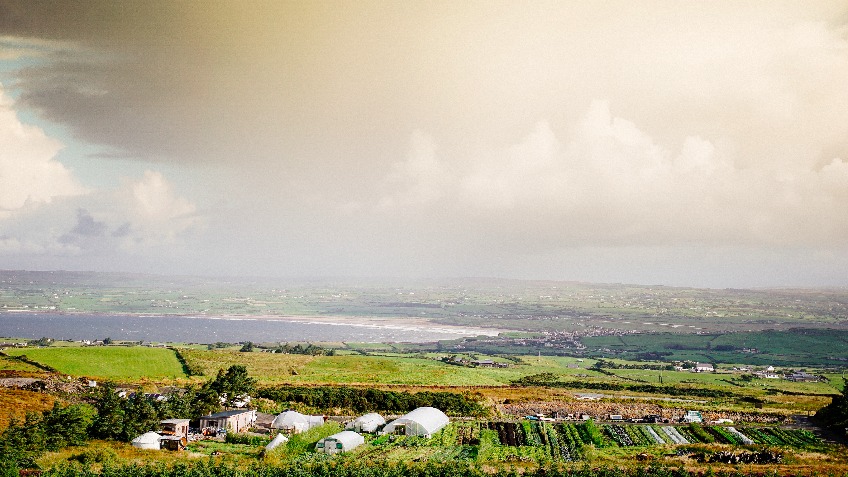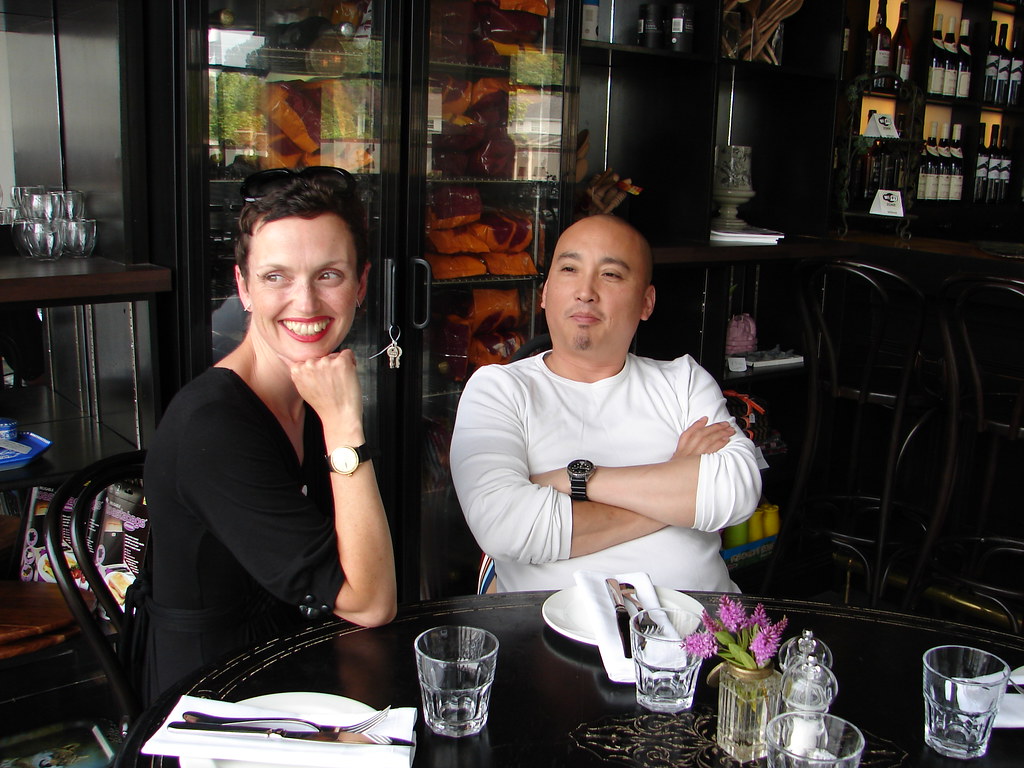Blessed are the cheesemakers! Let’s all do our bit to support small Irish producers, many of whom are still experiencing real hardship. The farmhouse cheese makers as just one example so let’s make a conscious effort to buy a piece or better still several pieces of Irish farmhouse cheese this weekend. I’m fantastically proud of the range of handmade farmhouse cheeses we have here in Ireland. Cow’s milk, goat’s milk, sheep’s milk and buffalo milk.

Toons Bridge (pictured above) and Macroom Mozzarella make tender milky cheese to rival the very best Italian Mozzarella. No wonder it’s so good, it’s made from the rich milk of the buffalos that range freely in the lovely mixed pastures of West Cork.
Toby Simmonds and his team of Italian and Irish cheesemakers at Toons Bridge Dairy also make straw smoked Scarmoza Caciocavallo, Ricotta, Halloumi and Cultured Butter easily available from local Farmers Markets or online. He’s recently opened a shop on South Great Georges Street in Dublin – how gutsy and deserving of support is that in the midst of Covid-19…
For many of the cheesemakers who were also supplying the service industry, the closure of the restaurants, hotels and cafés business meant the loss of over 75% of their business overnight, yet the cows kept milking and the cheese kept aging, needing to turned and matured to bring them to the peak of perfection, but how or where could they sell their produce. They too had the heartbreak of laying off many of their skilled cheesemakers who were often neighbours from their own parish.
The reopening of the local Farmers Markets has been a significant help to some producers. Local customers are flocking back while observing social distancing. Look out for Jane Murphy’s Ardsallagh goat’s cheese in Midleton and Mahon Point. You’ll find the beautiful Ballinrostig Gouda type cheese there too and a whole display of cheese to choose from at Christian and Fiona Burke’s stall.
A trip to the English Market in Cork will make your heart sing – bring an empty basket and fill it up.
Over 60 beautiful farmhouse cheeses are made around the country and on the islands, a high proportion are made in Cork county. We have soft, semi-soft, semi-hard and hard cheese to rival anything anywhere and I’m not saying that just because I’m an adopted Cork woman….
Siobhán Ni Ghairbhith makes the legendary St. Tola goat’s cheese from raw milk but she also makes pasteurised milk cheese for the multiples. She employs 7 people on her farm on the edge of the Burren in Co. Clare.

When lockdown was introduced overnight, every cheesemaker in the country scrambled to cope with the gallons and gallons of milk in peak season. Siobhán set up an online artisan cheese box which also includes some other artisan products as did Gubbeen, Cashel Blue, Cooleeney and several others. Siobhán is a multi-skilled cheesemaker so she decided to make less soft cheese which has a shorter shelf-life and more hard cheese which will continue to improve with age – look out for it later in the year.
Can you imagine how lovely it would be to get a hamper like that by courier or to send a present to a friend or care worker or as a comforting gift to absent family members. There’s a list of Irish farmhouse cheesemakers on the Cáis website.
The reason why Irish cheeses are so good is the quality of the milk. Here in Ireland we can grow grass like virtually nowhere else in the world so cows that are out on grass particularly in Summer produce beautiful milk that makes gorgeous cheese. Irish farmhouse cheese have been awarded prizes in the World Cheese Awards many times. As a sector, the artisans are incredibly resilient and resourceful.
These feisty cheesemakers up and down the country has led the food revolution and helped in no small way to change the image of Irish food both at home and abroad. In 1984 when milk quotas has just been introduced, the late Veronica Steele (pictured), started to experiment in her kitchen on the Beara Penninsula. She couldn’t bear to waste a drop of milk of her favourite – one horned cow named Brisket. The end result was Milleens, the beautiful washed rind cheese that inspired several generations, mostly women, to make cheese. Such a joy to see her son Quinlan continue to make superb cheese. The second generation continues to build on their parents legacy at Durrus, Gubbeen, Cashel Blue…how fortunate are we to have access to many exceptional delicious cheeses, now more than ever is the time is to show our appreciation with our support.















































